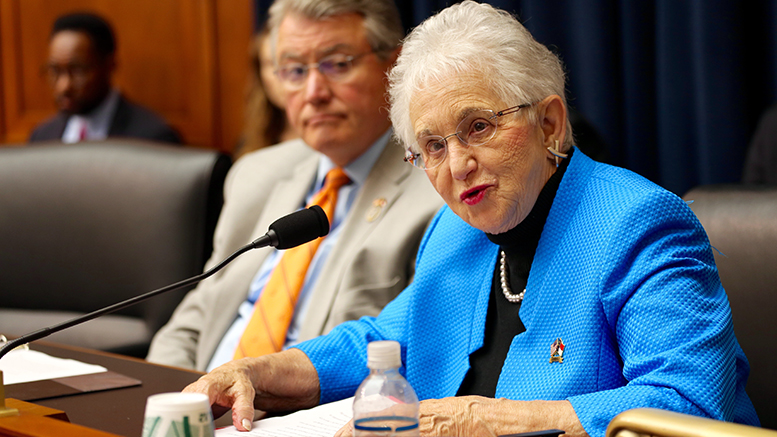April is Community College Awareness Month. Community colleges have provided the path for millions of Americans to reach the goals they have for themselves. Community colleges have also changed the face and the future of many communities across America by developing programs in specific areas and economies that need to grow and thrive.
Some of the most informative and transformative years of my life were spent as an instructor and administrator at Mayland Community College in North Carolina. Since that time, as a member of Congress, it’s been my duty to work with people across the country to address the growing disparity between the needs of our constantly evolving workforce and the status quo of postsecondary education.
This article first appeared in Real Clear Education. It is reprinted with permission.
When the Higher Education Act (HEA) was first signed into law in 1965, it was billed as a reliable pathway for more Americans to receive an education and secure a fulfilling career. But in the almost 53 years since its passage, the world has fundamentally changed and the law has lost touch with the students it is intended to serve.
Since the last reauthorization of the law in 2008, our country faced the worst economic recession in a generation, resulting in an overwhelming transformation of the American workforce. To date, there are over 6 million unfilled jobs due to a shortage of skilled workers in a disparity known as the skills gap. Yet our postsecondary institutions have not evolved to meet this need; little has been done to prepare students for these high-wage in-demand careers in today’s workforce.
Instead, billions of taxpayer dollars have been poured into the higher education status quo, all in the name of improving student access and graduation rates. These efforts have failed. Tuition rates have risen alarmingly, completion times have gotten longer, and completion rates have dropped. Students face a confusing maze of loans and repayment plans, and they’ve accumulated a trillion dollars in student debt.
Our postsecondary education system is no longer serving students, and simply reauthorizing the HEA will do nothing to solve these problems. It is now more important than ever that postsecondary institutions abandon the broken status quo and adapt to the changing times. If we are to make a lasting difference on behalf of students, we must truly rethink and reform postsecondary education.
When the Committee on Education and the Workforce approved the PROSPER Act, it set its sights on advancing reforms to truly transform higher education.
The PROSPER Act was crafted with community college students in mind, in addition to students at traditional baccalaureate schools. At its core, PROSPER aims to bring affordable postsecondary education into reach for more Americans and to equip students with the skills they need to find good-paying jobs.
The PROSPER Act allows the use of federal student aid and Pell grants for shorter-term programs, enabling students at community colleges to take advantage of hundreds of short-term programs. The legislation also provides incentives for Pell-eligible students to complete their degrees on time by offering cash bonuses of $300 to students who take 15 credits per semester during an award year. These provisions will help community college students expedite their graduation timelines so they can enter the workforce full-time more quickly.
The bill empowers students by eliminating expensive hidden origination fees on federal student loans, and it revamps the federal work-study program so that more work-study dollars reach community colleges and institutions serving low-income students.
Additionally, in order to bridge the skills gap and realign postsecondary education with in-demand jobs, the PROSPER Act will expand student access to “earn-and-learn” programs and apprenticeships in high-wage, high-skill, and high-demand career paths. Community colleges across the country have been trailblazers in developing programs like these, and it’s time other leaders in postsecondary education followed them.
These reforms are unprecedented in postsecondary education and will truly benefit students from all walks of life and all socio-economic backgrounds. When the next generation of students gains skills and is able to fill the needs of business and industry, the economy will grow and everyone will benefit.
Changing the status quo is never easy, but somewhere along the way, the Higher Education Act left behind the students it was intended to serve. Community colleges are often the first resort for Americans looking to put their skills to work as soon as possible. Ignoring the needs of these students is a disservice to the nation’s future workforce. The PROSPER Act changes the way higher education serves students. It will give Americans the postsecondary education system they deserve.





